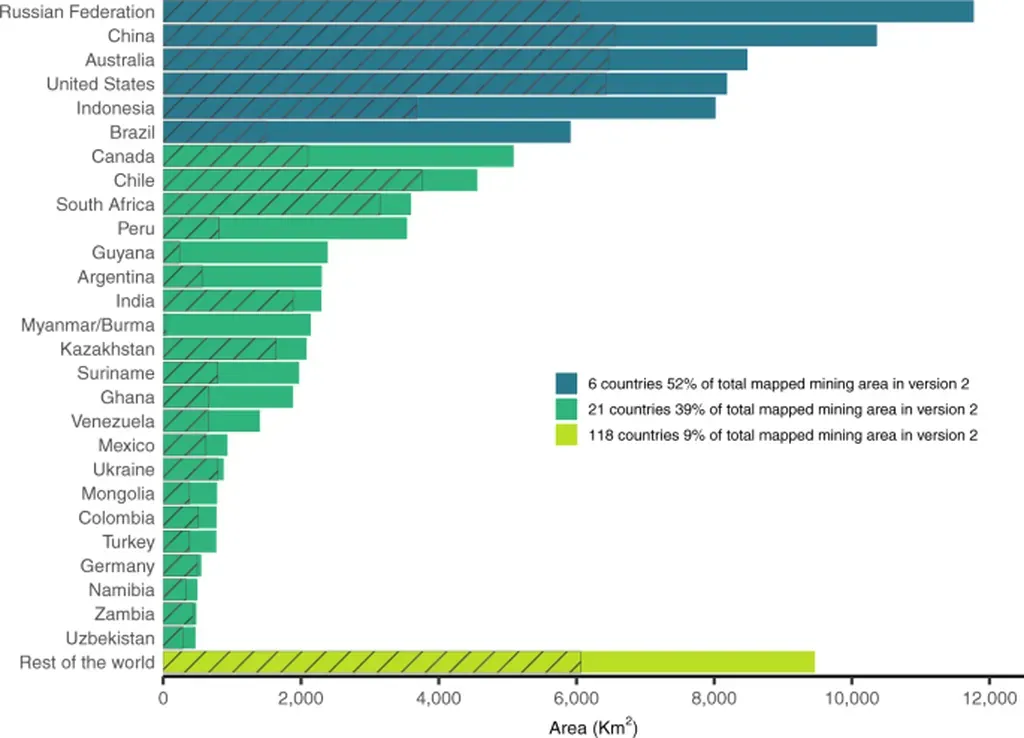In the heart of Morocco, where the vast desert meets the bustling cities, a digital revolution is unfolding in the mining sector. Maroua Chattat, a researcher from the Hassan II Agronomic and Veterinary Institute in Rabat, is leading the charge with a groundbreaking solution that promises to transform land management and societal acceptability in mining. Her work, published in the International Journal of Computer Engineering and Data Science (Revue Internationale de Génie Informatique et des Sciences des Données), is a beacon of innovation, offering a glimpse into the future of sustainable and inclusive mining practices.
Chattat’s research introduces a bimodal solution that addresses the growing complexity of land management and societal considerations in Morocco’s mining industry. At the core of this solution is MineMaps, a web geoportal based on Geographic Information System (GIS) technology. This digital platform centralizes land data, enabling interactive visualization of mining sites and digitizing land transactions. “MineMaps is not just about mapping; it’s about empowering stakeholders with accurate, real-time information,” Chattat explains. “It’s a game-changer for land traceability and legal risk reduction.”
But Chattat’s innovation doesn’t stop at land management. Recognizing the importance of societal acceptability, she developed a dynamic digital tool for structured societal actions’ planning. This tool, aligned with Corporate Social Responsibility (CSR) and Environmental, Social, and Governance (ESG) standards, organizes actions, stakeholder data, and impact indicators. “We’re talking about a holistic approach here,” Chattat says. “It’s about fostering community engagement and ensuring that mining activities are not just profitable but also socially responsible and environmentally sustainable.”
The case study for this research is the Managem Group, a key player in Morocco’s mining industry. The results are promising, demonstrating enhanced land traceability, reduced legal risks, and improved community engagement. This is not just a win for Managem; it’s a win for the entire energy sector. As the world grapples with the need for sustainable and responsible resource extraction, Chattat’s work offers a blueprint for the future.
The commercial impacts of this research are significant. By improving land management and societal acceptability, mining companies can mitigate risks, enhance their reputation, and contribute to sustainable development. This is not just about compliance; it’s about seizing a competitive advantage in an increasingly conscious market.
Looking ahead, Chattat’s research could shape the future of mining and beyond. The principles of her bimodal solution could be applied to other sectors facing similar challenges, from agriculture to urban planning. As we strive for a more sustainable and inclusive world, Chattat’s work reminds us that technology, when used wisely, can be a powerful force for good.
In the words of Chattat, “This is just the beginning. The potential is immense, and I’m excited to see how this journey unfolds.” And so are we.

